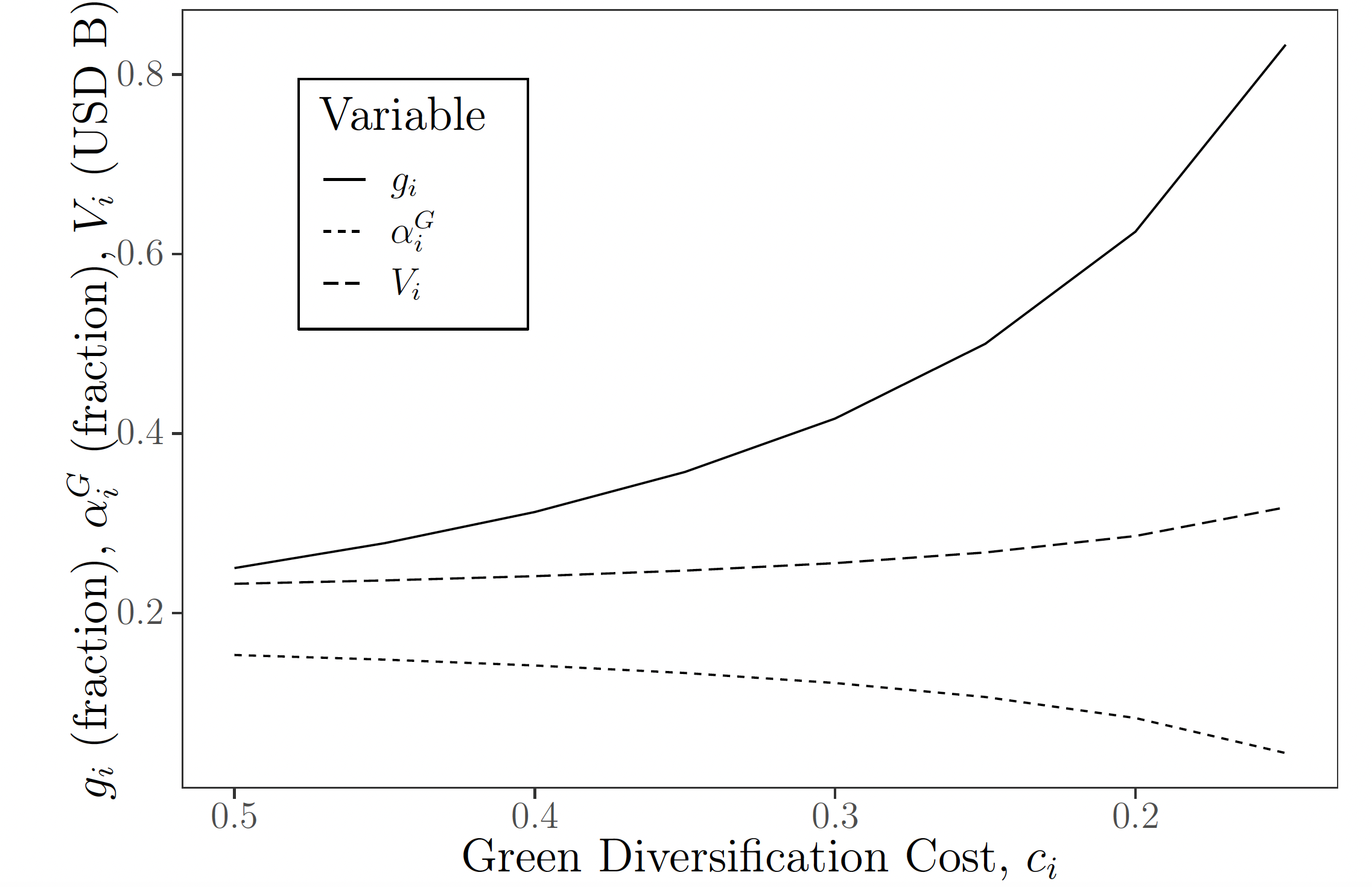Identification and Assessment of Systemic Risks in Financial
Networks: Modelling Fire Sales from Regulatory Cliff Effects
(with Graeme Cokayne),
Danmarks Nationalbank Working Paper, Number 117.
Presented at: Financial Management Association (FMA) Europe (University of Agder), RiskLab (Bank of Finland), Bank of England, Copenhagen Business School, Lund University, Nykredit A/S, Danmarks Nationalbank.
This paper investigates fire sales triggered by regulatory cliff effects induced by the loss of Capital Requirements Regulation (CRR) compliance on covered bonds. The loss of CRR
compliant status leads to banks holding these covered bonds to lose several regulatory advantages, one consequence being a lower solvency. In our analysis, following the loss of CRR
compliance, banks sell off their covered bonds in a fire sale, in an attempt to return to their initial solvency, resulting in losses of equity for the system as a whole. Further, we find that, for price impacts larger than a critical threshold, even small shocks lead to explosive fire sales and large losses of equity. While these losses can be averted if the
banks allow their solvency levels to fall temporarily, other regulations, such as those relating to large exposures to other banks, could still trigger similar fire sales.

